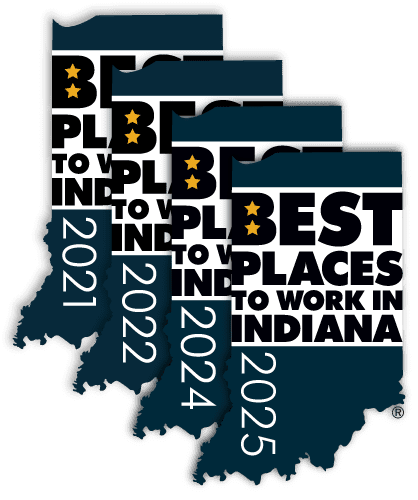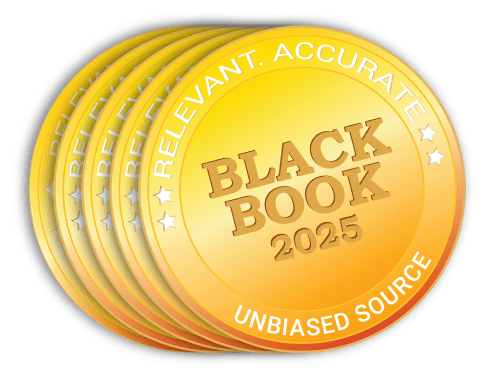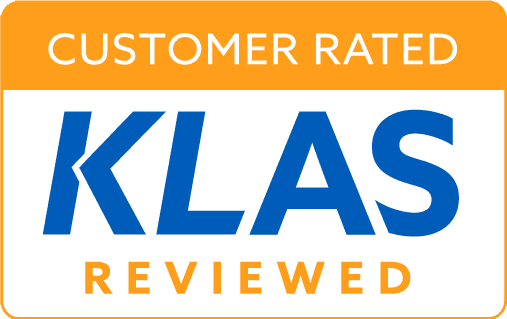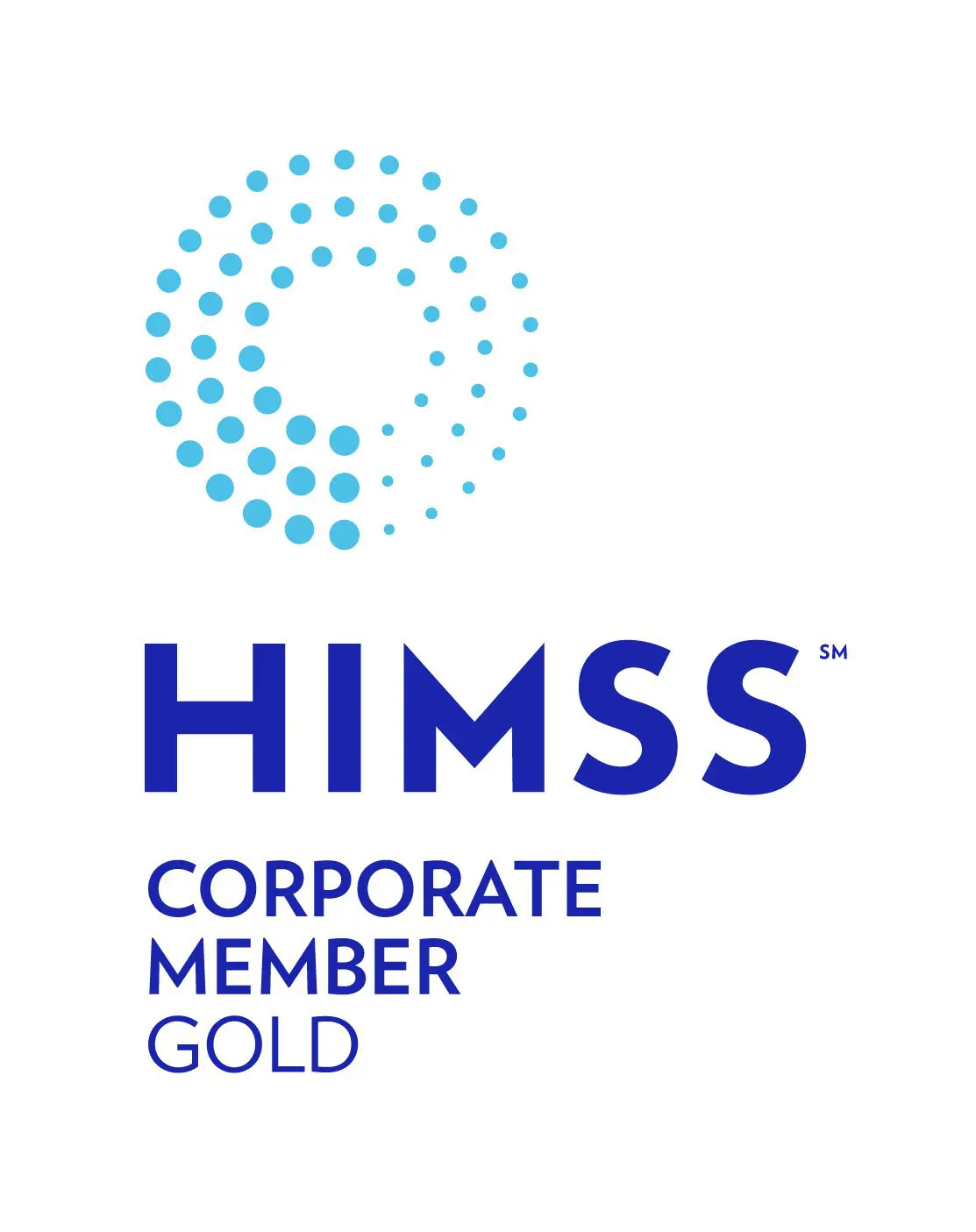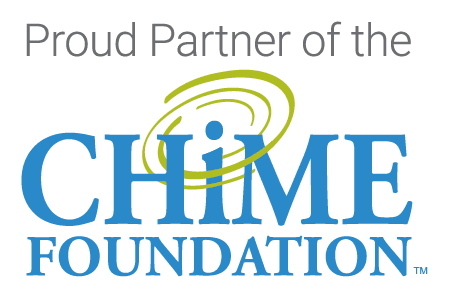Data Migration & Conversion
Migrate with Confidence. Convert with Accuracy.
Ensure a seamless, secure transition to your next EHR or enterprise platform. Harmony Healthcare IT brings unmatched precision, proven expertise, and deep experience working with diverse datasets to preserve data integrity, ensure availability, and support even the most complex implementations.
Common Challenges & How We Solve Them
Data Migration & Conversion Challenges
Fragmented legacy application inventory takes expertise to rationalize, extract, model, and validate data as it moves to its destination.
- The combination of purpose-built tooling inside HealthData Platform™ and our team of certified data experts ensure that even the most complex data sets are accurately transformed.
Limited legacy data access can occur, especially when systems are vendor-hosted, lack modern APIs, or have non-standard architectures.
- We understand where discrete and document-based data resides and how to access it. We leverage proprietary tools, vendor coordination, and proven extraction methods to retrieve, rationalize, normalize, and prepare data for transformation – regardless of system complexity.
Data mapping requires expert knowledge of legacy system workflows and configurations, as well as the destination system’s unque ingestion protocols, data model constraints, and validation requirements.
- With unmatched expertise in both data structure and workflow implementation, our team ensures accurate data mapping – working with stakeholders to understand legacy system usage, translate configurations, and deliver data that is not only technically correct – but clinically meaningful and ready for ingestion.
Clinical disruption and jeopardized patient safety can result from missing or misaligned data from poorly executed conversions.
- We prioritize clinical continuity through advanced data automation routines and rigorous validation processes. Our team collaborates with HIM and clinical stakeholders to ensure data is accessible, accurate, and aligned with future workflows.
Inconsistencies across data sources can lead to patient duplications and poor data integrity.
- We support MPI cleanup and patient identity reconciliation as part of our pre-conversion services. Our tools analyze and identify duplicates in each data set, enabling crucial decisions that ensure only clean, validated data is migrated.
Resource constraints and competing priorities often exist when internal teams are stretched thin.
- Our project framework includes detailed capacity planning, milestone tracking, and resource allocation to ensure seamless alignment with a shared implementation plan.
A well-executed data migration strategy ensures seamless system adoption/transition, operational continuity, accuracy, and compliance. A failed implementation is not an option. We structure our technical service offerings to proactively address common challenges and ensure that these projects stay on track and on budget.
500+ clients
Across the healthcare continuum trust our data expertise.
60%+
Percentage of our conversion work that supports a move to Epic.
700+ Software Brands
We have experience with successfully extracting, migrating, and archiving data.
90+
Customer loyalty indicator for successful data projects.
Why Choose Harmony Healthcare IT for Migration & Conversion?
With nearly two decades of healthcare expertise, we’ve empowered hundreds of customers—from solo practices to the largest health systems—to migrate their data with precision, ensuring clinical continuity and compliance. Our specialized solutions deliver results you can trust.
- Experience & Expertise: Since 2006, we’ve focused solely on healthcare, trusted to deliver precise migrations for top health systems and hospitals. Some highlights:
- Supported one of the largest simultaneous Epic migrations for an 11-hospital network.
- Center of Excellence with Oracle Cerner – migrated over a petabyte of Cerner data across 700+ systems.
- Supported migrations to Epic, Oracle Health (Cerner), Altera, Veradigm (Allscripts), athena and others.
- Comprehensive Support: From initial data extraction and mapping to post-go-live catch-up loads, we deliver comprehensive, end-to-end migration solutions. For data that isn’t converted into the new system, we provide secure archiving to ensure long-term, integrated retention and access.
- Advanced Technology: Our unique tools automate processes, reduce errors, and ensure interoperability, saving time and resources.
- AutoQA process performs over 25 automated quality checks on high-value, data-rich records to validate data integrity and formatting.
- Online data visualization and bi-directional communication processes to streamline mapping and validation.
- Comprehensive ETL platform that translates data to required destination system formats (i.e. flat file, CCD, HL7, FHIR).
- Vendor-Neutral Flexibility: We can successfully migrate data from any EHR in your inventory. Our solutions support any system, ensuring seamless transitions (e.g., Oracle Cerner to Epic), unlike proprietary EHR vendor tools.
- Tailored Solutions: Flexible pricing and a dedicated team align with your EHR’s requirements, optimizing costs while ensuring smooth transitions.
- Secure & Compliant: HITRUST Certified environment, reflecting our alignment with leading security and privacy frameworks. A comprehensive set of controls ensure data is protected throughout its lifecycle—from intake to archival and beyond.
The Perfect Companion to Your Go-Forward System
For data not required to move to the new application, HealthData Archiver® provides secure, integrated long-term retention and access.
What are the methods used for migrating and converting healthcare data?
At a high level, our EMR data migration and conversion services include:
Preparation
Planning begins with your target go-live date, working backward to create a detailed timeline for all data pulls. Our structured discovery methodology, involving expert collaboration, forms, and technical assessments, ensures a deep understanding of your source systems. Certified analysts then precisely scope record conversion, aligning with stakeholder needs while mastering destination system ingestion specifications. We partner closely with your teams to map data, validate pathways, and ensure readiness for testing. Clear goals and expectations (i.e. risk mitigation, resource allocation, budget) are established early, and supported by agreements for full accountability and transparency.
Data Extraction
Access to the source data is obtained through direct extraction methods for on-premises data or via direct coordination with vendors if they are hosting it. Our proven process includes pre-extraction validation, automated transformation pipelines, data modeling and mapping, and seamless vendor coordination to ensure all data—regardless of source system complexity or hosting model— is accurately prepared for downstream ingestion, validation, and archival.
Data Analysis and Modeling
Through a comprehensive assessment of your source data’s structure, relationships, and clinical relevance, we identify inconsistencies, deprecated code sets, and duplicate records. We meticulously analyze your source system’s schema and metadata, mapping relational dependencies and custom fields, then compare it to the destination EHR’s data model (e.g., Epic’s Bridges or Caboodle) to determine transformation requirements. Finally, we prepare the data by normalizing value sets, mapping fields, and applying business rules, ensuring seamless alignment with your new system’s ingestion protocols and workflows.
Data Testing & Validation
Our structured, technology-enabled approach ensures accuracy, completeness and alignment with your new system, starting with field-level comparisons and representative record samples. We offer meaningful support, guiding review sessions and resolving anomalies in real time. Data is continuously fed into HealthData Archiver®, allowing early preview and interaction with legacy records to identify issues before production. HealthData Archiver® integrates with our proprietary AutoQA platform, performing over 25 automated quality checks to significantly reduce manual effort and accelerate timelines. Through iterative testing, we determine data suitability for migration, identify remediation needs, and estimate load times to inform your go-live planning.
Data Ingestion
Our team not only extracts and models legacy data but also delivers it in a format fully compatible with your destination EHR’s ingestion requirements. We support a wide range of industry-standard delivery formats (e.g., CCDA/CCD, CSV, XML, HL7, Flat File, FHIR) and ensure data is properly normalized, mapped, and packaged for seamless ingestion. By combining certified expertise, flexible delivery formats, and real-time archive integration, we make sure your legacy data is not just migrated, but becomes actionable, accessible, and interoperable within your new system.
Academic Health System
Successful Large Simultaneous Epic
Go-Live
“We provided the specs for how Epic wanted the data. Those have gone really well. It’s obvious the people doing the extractions on the Harmony side know the Cerner database.” – Client Team Member
Organizational Profile
- 11-Hospital Network
- Conversion Services to Epic
- 78TB Legacy Cerner System
- Archive Implementation
Large Health System
Successful Epic Conversion & Archive
“As part of our EMR transition, the data conversion and archive were critical components of our success. Harmony managed multiple projects, sometimes with changing requirements, and delivered the results we needed on time.” – Client VP
Organizational Profile
- 8 Hospitals
- Conversion Services to Epic
- Legacy Cerner & eClinicalWorks Systems
- Archive Implementation

FAQ
What is an EMR data conversion/migration?
An EMR conversion is a complex process that involves transitioning clinical data from paper files and legacy EMRs to a new electronic medical record (EMR) or electronic health record (EHR) system. When a new EMR/EHR platform is added, the legacy systems often hold clinical, financial, and employee records that still must be retained to meet compliance requirements.
What are the reasons for a data conversion/migration?
Clinical, HIM, legal, HR, and other users need efficient access to patient, employee, and business records. This includes access within the new EHR and to records stored in an active archive, ideally with a Single Sign-On integration from the go-forward EHR.
What are the benefits of migrating and converting healthcare data?
The benefits of a medical data conversion can include improved workflows, reduced technical issues, a stronger security posture, and better interoperability capabilities, as medical data is stored in a newer, more robust EHR platform.
What team members are needed for a successful data migration and conversion?
It is important to involve the organization’s Data Governance team and an Executive Sponsor early for buy-in and project support. From there, a dedicated project manager, along with technical resources and subject matter experts, can inform and execute on the agreed-upon plan.
Key Resources
Simplify, streamline, and save—explore smarter approaches to EHR data migration.




